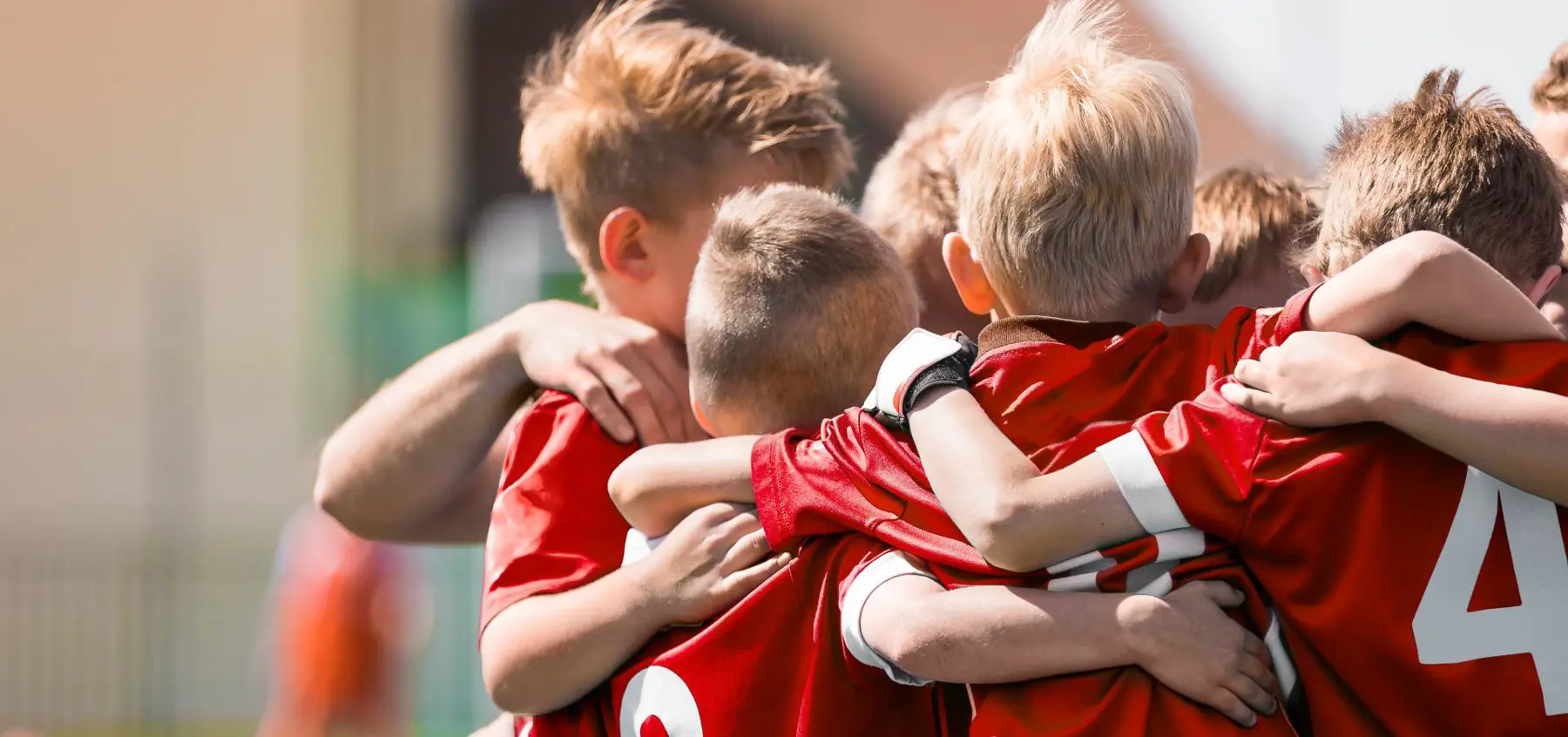Beyond the court: The missing ingredient in elite individual sports

Players need multiple layers of social support at all levels to enjoy their sport and continue playing. Image: matimix - stock.adobe.com
From playing local football to life on the international tennis circuit, social support and enjoyment are vital ingredients for all levels of participation in sport.
My research into community sport participation focuses on the key determinants of participation, retention and drop-out. There are an abundance of factors contributing to participation and these vary according to age, gender and other factors. At the local community level, skill and sporting ability, as well as fun and enjoyment, and social support from peers, family, and coaches are important elements.
But what about for elite athletes, is winning enough?
I question the sporting high-performance and talent development models, the old pyramid structures that focus on a large participation base to ‘find’ the talented and develop them as players.
Roger Federer didn’t need a million bad tennis players to make it to the top of the game. He needed skill and ability, great genes, parental support and a wonderful training and coaching environment to succeed. Elite players need other competent players to train and compete with to strive to improve and achieve success. But elite players need a ton of social support too.
I reflect on a case study of 19-year-old Jarrod Joyce from Lal Lal in country Victoria, who is ranked third in Australia for his age in tennis. He, like other Aussies in individual elite sport, suffers from a lack of suitable training partners and competitors domestically.
I know this too well as he’s my son.
Just months ago, he was competing internationally in the men’s International Tennis Federation circuit. He was playing well, winning matches, and even picking up some ATP (Association of Tennis Professionals) points – a good achievement for his age.
Playing individual sports at an elite level is brutal. It involves extensive international travel, which can be very lonely. The cost and distance from home mean you travel alone – you sleep, eat, train and compete by yourself without moral support.
There is no one in your corner cheering you on, and no one even watching you play. With only 32 players in the main draw, many must play a qualifying lead-up event where you don’t even get an umpire.
You are truly alone. Just two guys fighting it out in the cage of tennis.
There is no support from a club or sports organisation checking in on you or supporting you on your journey. Even when you win, you are alone.
He returned from weeks competing in China and South Korea feeling deflated and asked his twin brother if he could join his local country footy team at training. It had been years since he played local footy. He bought a pair of boots and started playing.
Mid-season and just a couple of games in the reserves, he had hit his stride, winning a best on ground and kicking a swag of goals. He is now playing in the firsts and loving it, even kicking a goal on debut.
The whole team mobbed him after that goal. He felt great. Spectators cheered from the sidelines and others tooted their car horns when their team scored a goal.
He loves the team environment, playing with his mates, and the support of the local footy club and community – which is a long way away from the loneliness of individual sport.
After only a handful of games, opportunities can arise for him to continue developing his football at an elite level.
Unlike local footy, being at the top end of tennis can seem meaningless.
In contrast, the local Ballarat League Senior footy player has a team of people surrounding and supporting them. From coaches, assistant coaches, strength and conditioning specialists, physiotherapists, to the volunteer waterboys and girls who have been at the club for decades.
If you are a local junior tennis player who has goals and dreams to play tennis at a high level, the pathway model can be difficult to realise. Where is their direction and support as a local tennis player? But in team-based sports, there is a lot of support even at the local and junior level.
I used to think for an individual sport such as tennis that succeeding and winning were important determinants of players remaining in the game. That is, if you have a relatively good winning match ratio, then you develop further, ranking improves, and you keep playing.
Sure, you also need quality coaching, parental and financial support to travel and compete internationally, but winning in individual sports is not enough. The playing environment and social support are crucial to enjoyment and retention.
It’s a pity someone with solid potential and runs on the board as an Aussie tennis player doesn’t have the support he needs to continue. The brutal loneliness of the international competitive environment is not enjoyable. It’s a very long, hard road on your own.
How can organisations of individual sports provide important social support for their elite and developing players?
Through this journey, it has become very clear to me that for all levels of sport, everyone needs multiple layers of social support – and in spades – to enjoy and continue to play.
So, son, have fun and enjoy playing sport, wherever and whatever that is.
Professor Rochelle Eime is a Professor of Sport Science at Federation University Australia. She is the Director of the Physical Activity and Sport Insights group.
Her research focuses on participation in community sport including trends in participation, retention and dropout and associated health benefits.
